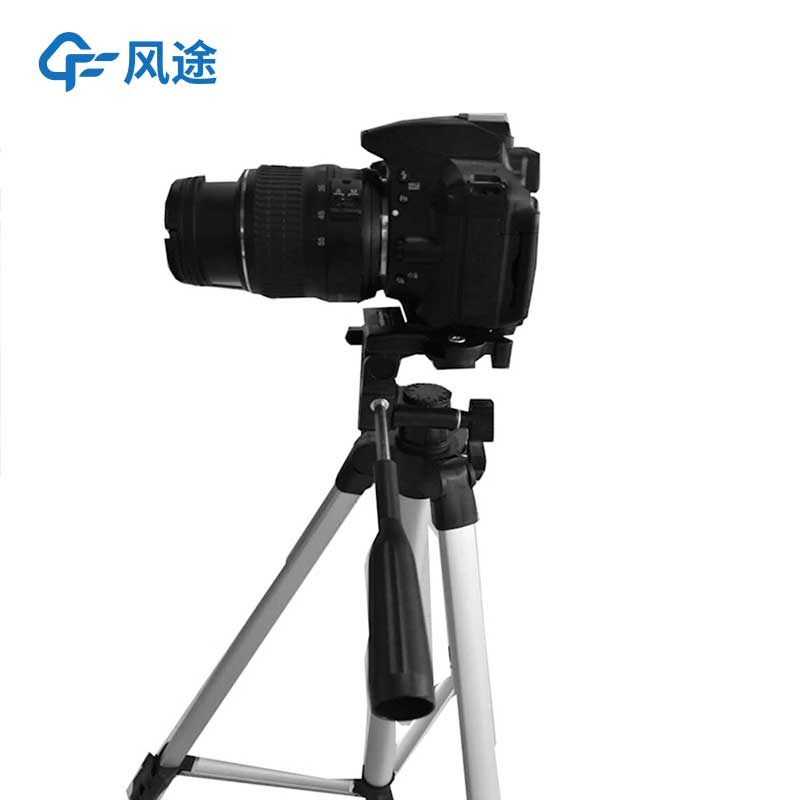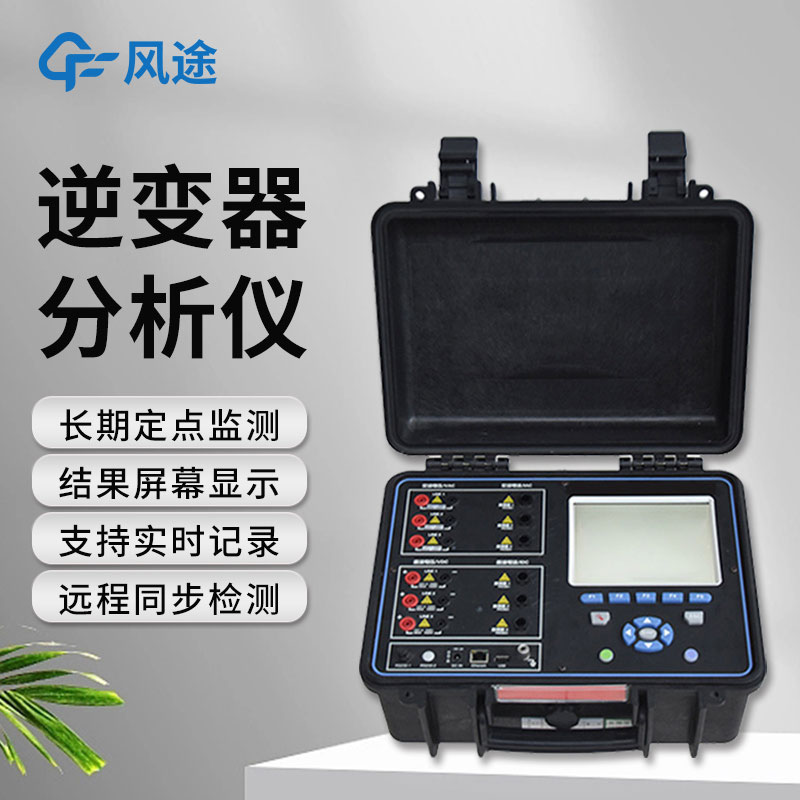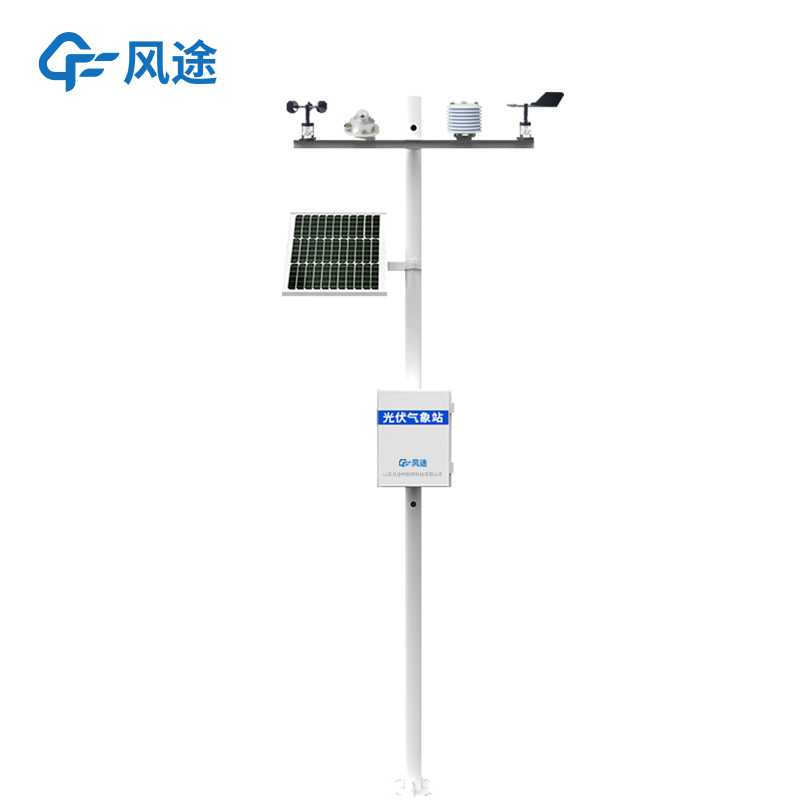Meteorological environment monitoring equipment supplier
Insist on doing high-precision customer favorite technology products
In the operation and maintenance of photovoltaic power plants, el detectors, inverter monitoring equipment, and photovoltaic weather stations are crucial detection instruments.
(I) el detector
The el detector detects internal defects of photovoltaic modules through the electro - luminescence phenomenon. During the production, installation, and daily operation and maintenance of photovoltaic modules, problems such as cracks, broken grids, black spots, and virtual soldering can be accurately detected by the el detector. It helps staff to promptly identify potential problems within the components, ensuring the power generation efficiency and stability of the photovoltaic power plant.
The working principle of the el detector is based on the electro - luminescence effect. When a certain current is applied to the component, visible light is emitted. By analyzing the light emission situation, it can be determined whether there are defects inside the component. For example, a cracked component will show abnormal light emission at a specific position, and this phenomenon can help staff accurately locate the position of the crack.
In practical applications, the portable el detector is widely welcomed due to its convenient operation and high imaging accuracy. It can complete the detection of components in a short time and present the detection results in the form of images, enabling staff to intuitively understand the situation of the components.

(II) PV Inverter Test Equipment
As one of the core devices of the photovoltaic power plant, the operating state of the inverter directly affects the power generation efficiency of the power plant. The inverter monitoring system can real - time monitor various operating parameters of the inverter, such as input and output voltage, current, and power. By analyzing these parameters, staff can promptly identify whether there are abnormal situations in the inverter.
The inverter monitoring system also has a fault diagnosis function. When the inverter malfunctions, the system will automatically issue an alarm and provide detailed fault information. This helps staff quickly locate the cause of the fault and take corresponding measures for repair.
The efficiency and stability of the inverter are key indicators. Through the monitoring system, staff can real - time understand the operating efficiency of the inverter and make adjustments according to the actual situation. For example, when the output power of the inverter fluctuates, the monitoring system can promptly detect and analyze the cause, helping staff take corresponding measures to improve the operating efficiency of the inverter.

(III) Photovoltaic weather station
The photovoltaic weather station is an essential part of the photovoltaic power plant. It can real - time monitor meteorological parameters around the photovoltaic power plant, such as irradiance, temperature, wind speed, and humidity.
Irradiance is one of the important factors affecting the power generation efficiency of the photovoltaic power plant. By monitoring irradiance, staff can understand the power generation potential of the photovoltaic power plant and adjust the power generation strategy according to the actual situation. Parameters such as temperature, wind speed, and humidity also affect the performance of photovoltaic components. For example, 过高 temperature will reduce the power generation efficiency of photovoltaic components, and excessive wind speed may cause damage to the components.
The photovoltaic weather station can also provide important reference for the design and planning of the photovoltaic power plant. Through the analysis of meteorological data, staff can optimize the layout and equipment selection of the photovoltaic power plant, improving the power generation efficiency and stability of the power plant.

In conclusion, el detectors, inverter monitoring equipment, and photovoltaic weather stations play important roles in the operation and maintenance of photovoltaic power plants. Their application can help staff promptly identify problems, solve problems, and ensure the efficient operation of the photovoltaic power plant.